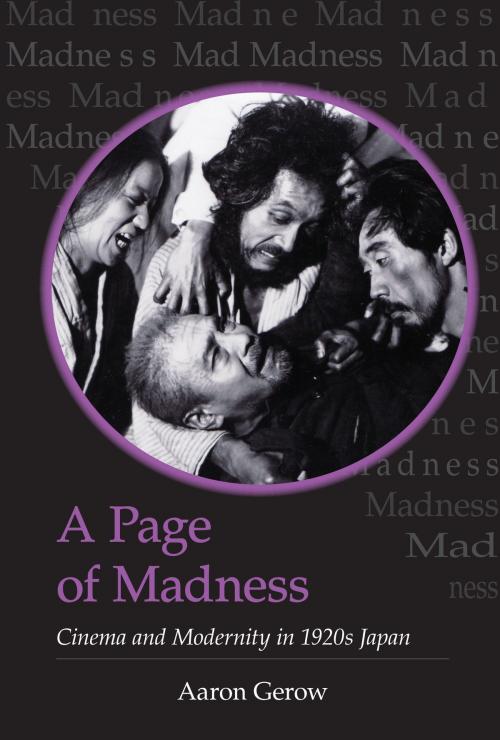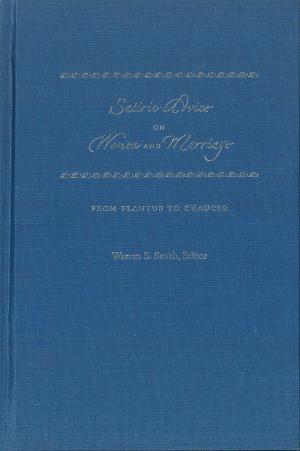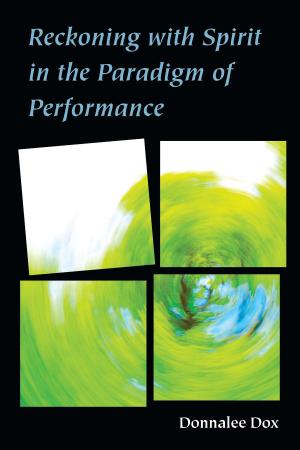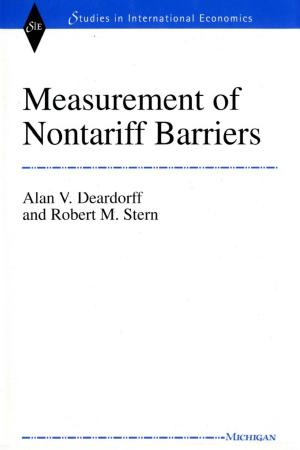A Page of Madness
Cinema and Modernity in 1920s Japan
Nonfiction, Social & Cultural Studies, Social Science, Cultural Studies, Ethnic Studies| Author: | Aaron Gerow | ISBN: | 9781929280742 |
| Publisher: | University of Michigan Press | Publication: | February 2, 2016 |
| Imprint: | U of M Center For Japanese Studies | Language: | English |
| Author: | Aaron Gerow |
| ISBN: | 9781929280742 |
| Publisher: | University of Michigan Press |
| Publication: | February 2, 2016 |
| Imprint: | U of M Center For Japanese Studies |
| Language: | English |
Michigan Monograph Series in Japanese Studies No. 64
Kinugasa Teinosuke’s 1926 film, A Page of Madness (Kurutta ichipeiji), is celebrated as one of the masterpieces of silent cinema. It was an independently produced, experimental, avant-garde work from Japan whose brilliant use of cinematic technique was equal to if not superior to that of contemporary European cinema. Those studying Japan, focusing on the central involvement of such writers as Yokomitsu Riichi and the Nobel Prize winner Kawabata Yasunari, have seen it as a pillar of the close relationship in the Taisho era between film and artistic modernism, as well as a marker of the uniqueness of prewar Japanese film culture.
But is this film really what it seems to be? Using meticulous research on the film’s production, distribution, exhibition, and reception, as well as close analysis of the film’s shooting script and shooting notes recently made available, Aaron Gerow draws a new picture of this complex work, one revealing a film divided between experiment and convention, modernism and melodrama, the image and the word, cinema and literature, conflicts that play out in the story and structure of the film and its context. These different versions of A Page of Madness were developed at the time in varying interpretations of a film fundamentally about differing perceptions and conflicting worlds, and ironically realized in the fact that the film that exists today is not the one originally released. Including a detailed analysis of the film and translations of contemporary reviews and shooting notes for scenes missing from the current print, Gerow’s book offers provocative insight into the fascinating film A Page of Madness was—and still is—and into the struggles over this work that tried to articulate the place of cinema in Japanese society and modernity.
Michigan Monograph Series in Japanese Studies No. 64
Kinugasa Teinosuke’s 1926 film, A Page of Madness (Kurutta ichipeiji), is celebrated as one of the masterpieces of silent cinema. It was an independently produced, experimental, avant-garde work from Japan whose brilliant use of cinematic technique was equal to if not superior to that of contemporary European cinema. Those studying Japan, focusing on the central involvement of such writers as Yokomitsu Riichi and the Nobel Prize winner Kawabata Yasunari, have seen it as a pillar of the close relationship in the Taisho era between film and artistic modernism, as well as a marker of the uniqueness of prewar Japanese film culture.
But is this film really what it seems to be? Using meticulous research on the film’s production, distribution, exhibition, and reception, as well as close analysis of the film’s shooting script and shooting notes recently made available, Aaron Gerow draws a new picture of this complex work, one revealing a film divided between experiment and convention, modernism and melodrama, the image and the word, cinema and literature, conflicts that play out in the story and structure of the film and its context. These different versions of A Page of Madness were developed at the time in varying interpretations of a film fundamentally about differing perceptions and conflicting worlds, and ironically realized in the fact that the film that exists today is not the one originally released. Including a detailed analysis of the film and translations of contemporary reviews and shooting notes for scenes missing from the current print, Gerow’s book offers provocative insight into the fascinating film A Page of Madness was—and still is—and into the struggles over this work that tried to articulate the place of cinema in Japanese society and modernity.















